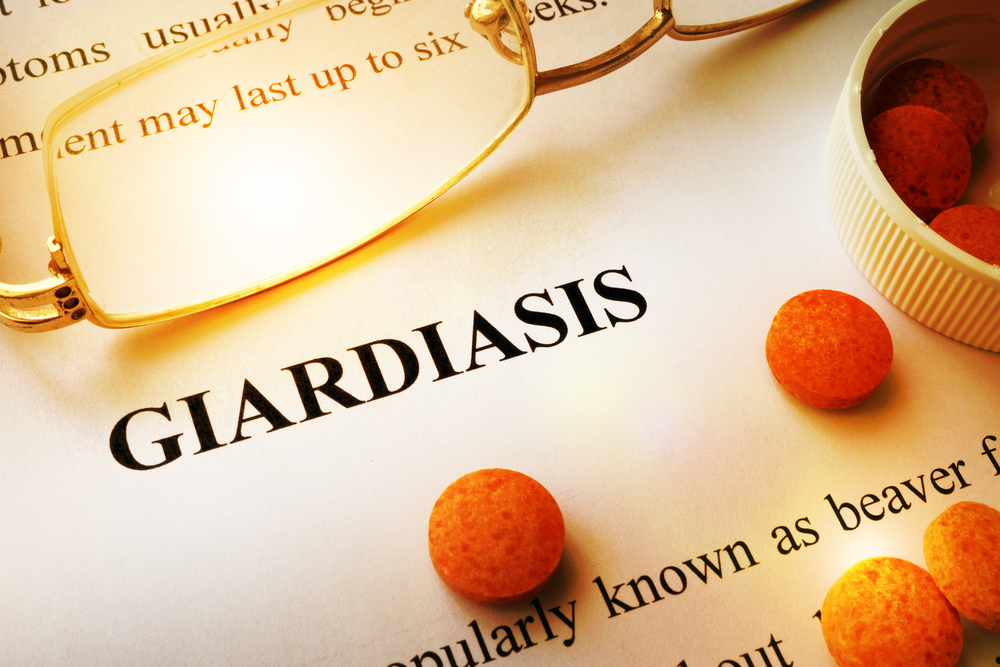DIAGNOSIS
To diagnose the infection, submit one or more stool samples for analysis. The doctor will also use the following procedures:
This procedure involves using a flexible tube passing down your throat and through your small intestine. It allows the doctor to take a sample of tissue and examine your digestive tract.
This procedure involves collecting and examining fluid from the duodenum.
This method involves obtaining a duodenal fluid sample through a gelatin capsule containing a released string.
TREATMENT
Most giardiasis goes away on its own, but doctors choose to recommend medication to avoid further infection. Here are the common antibiotics that treat giardiasis:
- Metronidazole, an antibiotic that has to be taken for five to seven days;
- Tinidazole, which often treats giardiasis in a single dosage;
- Nitazoxanide, which is commonly prescribed to children because it only needs to be taken for three days and is available in syrup; and
- Paromomycin, an option that is available for pregnant women due to its lower chance of causing congenital disabilities than other antibiotics. This is given in three doses within 5 to 10 days.
Furthermore, one can prevent and control this infection through:
- Maintaining cleanliness and personal hygiene;
- Avoiding washing raw vegetables and fruits with uncontaminated water;
- Avoiding consuming food and water that may be contaminated;
- Avoiding brushing your teeth with tap water;
- Always bringing your own bottled water when travelling; and
- Avoiding unprotected anal intercourse


